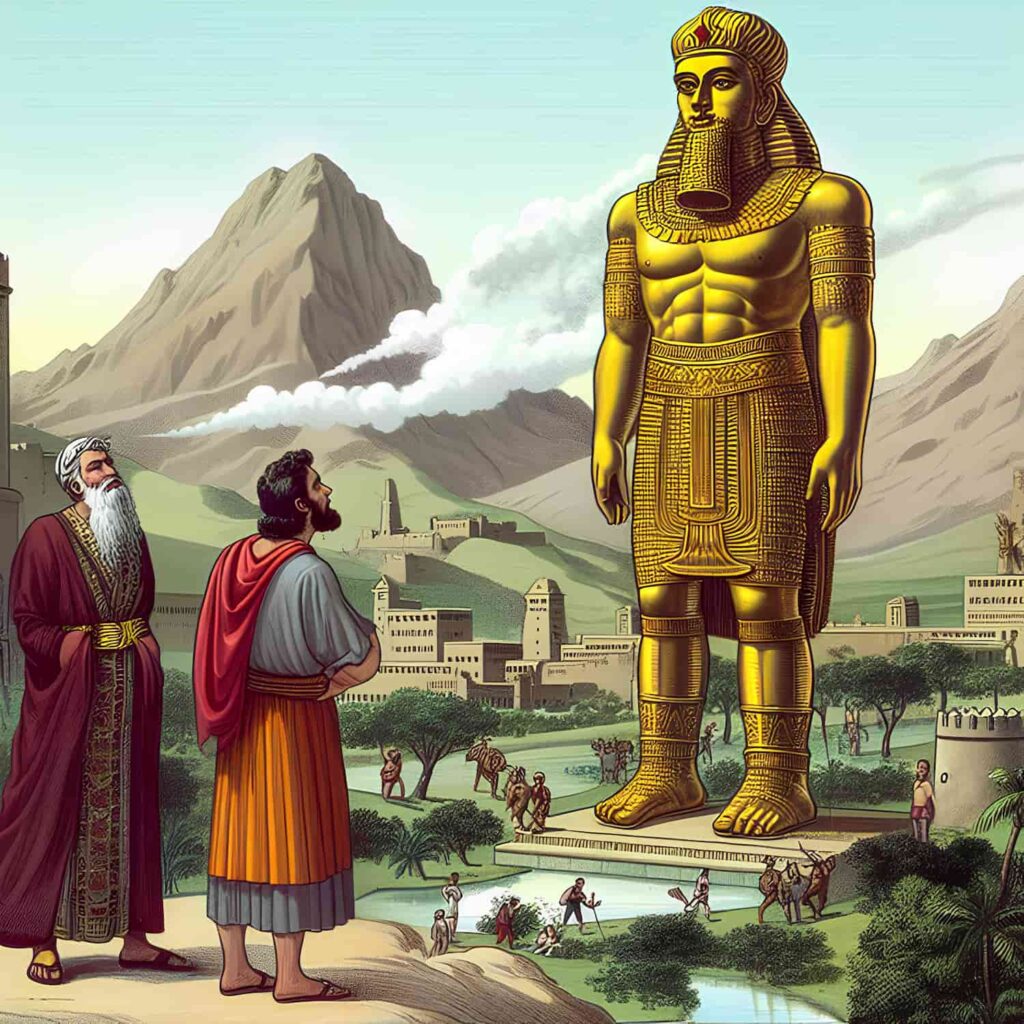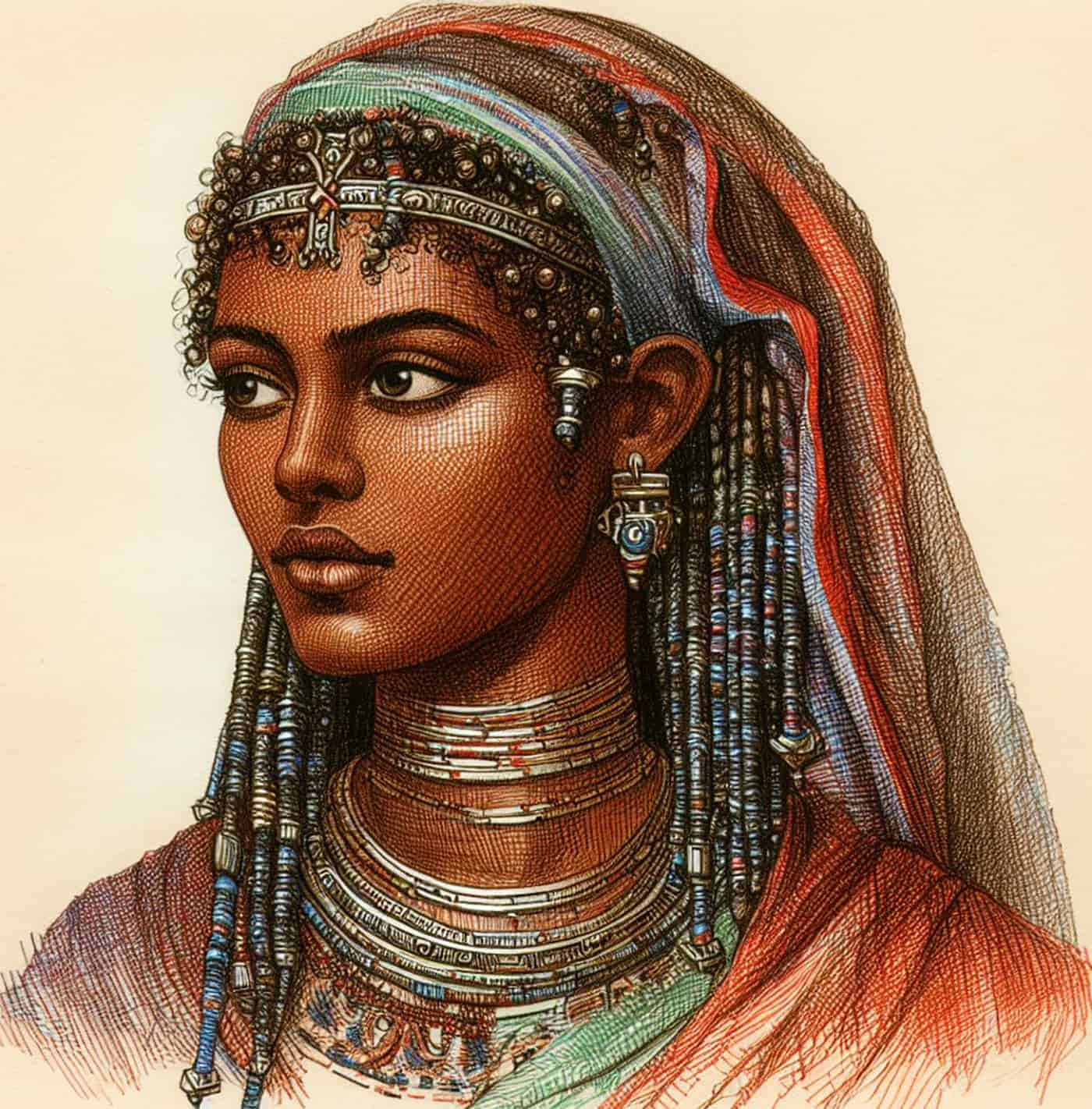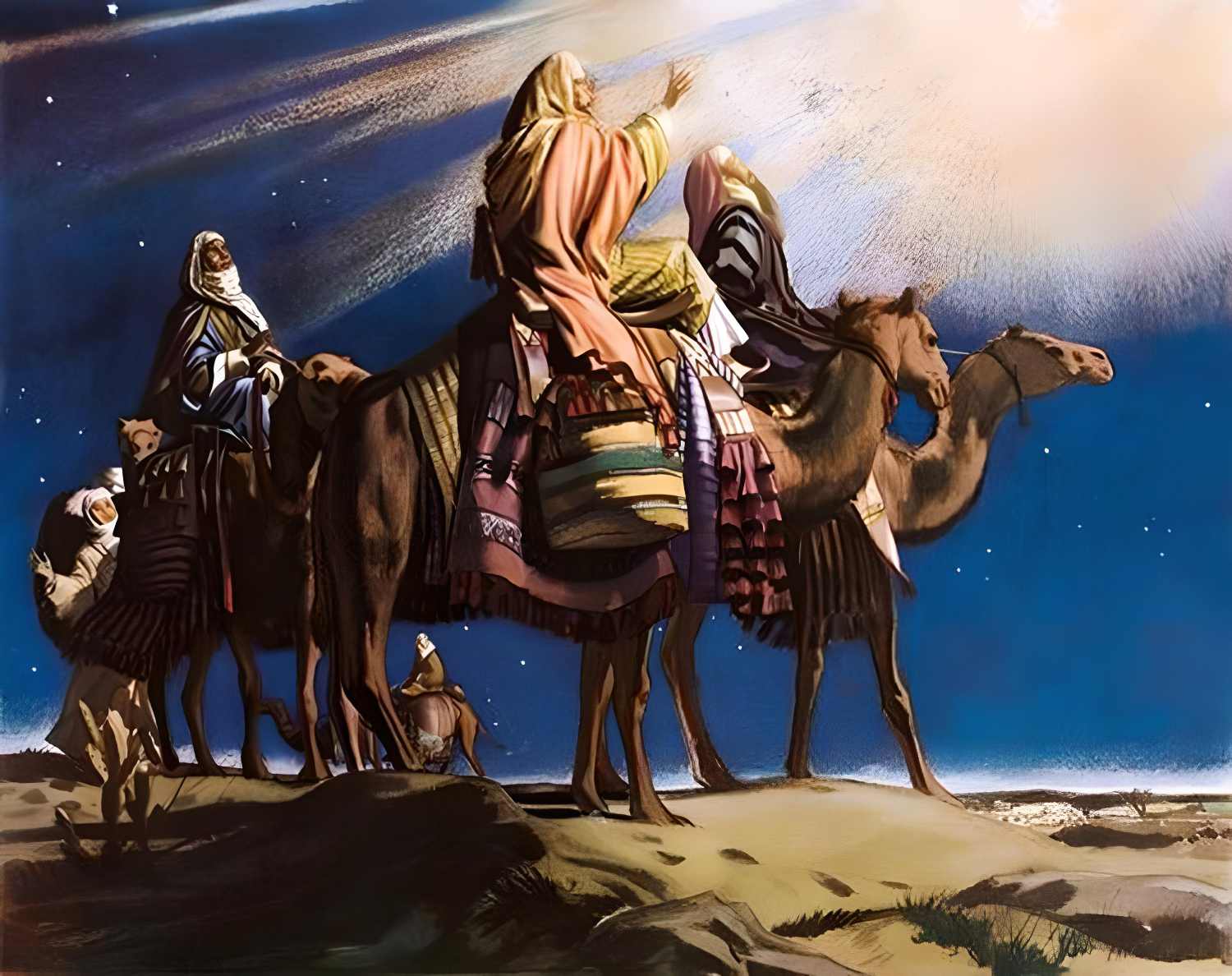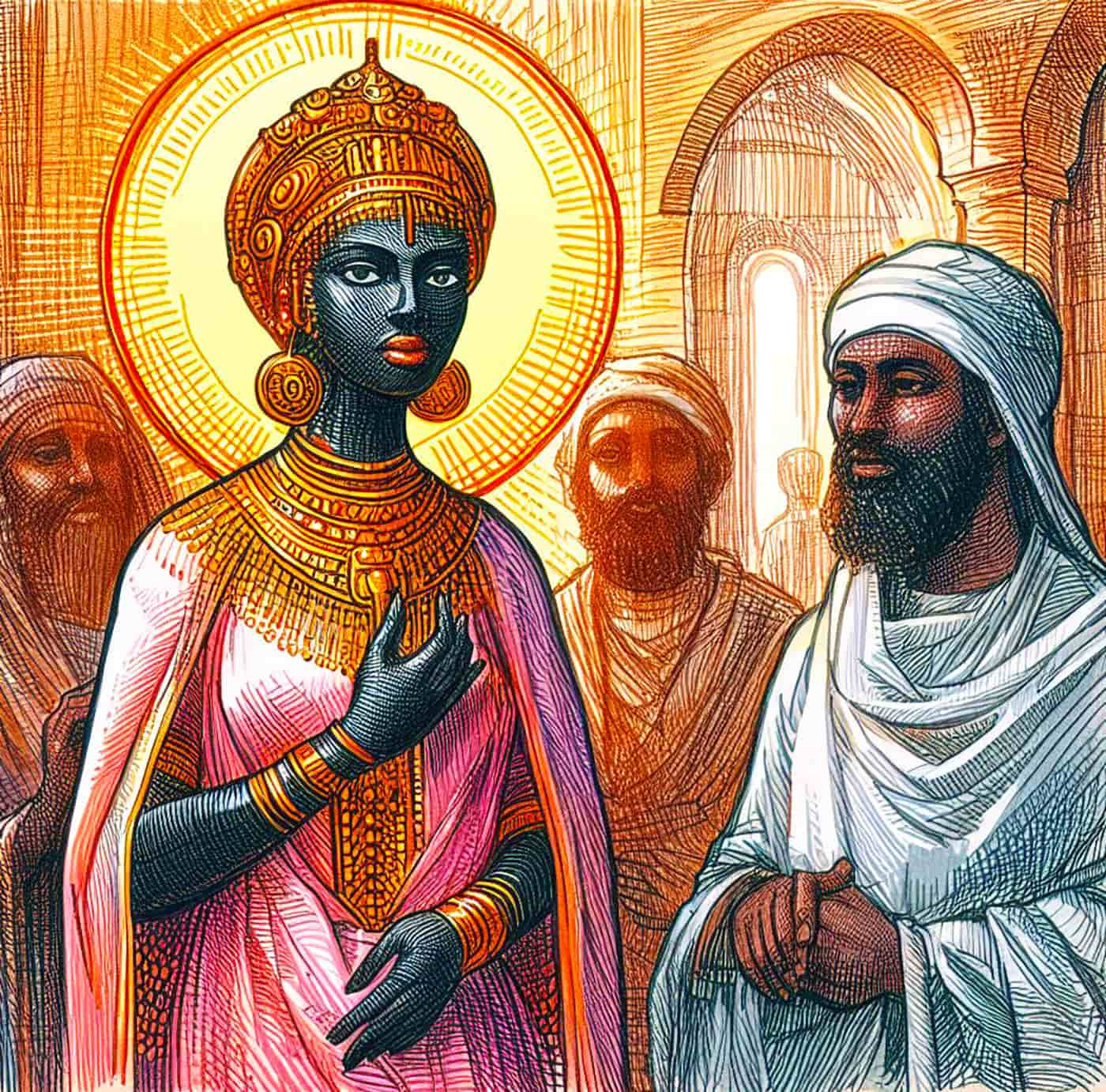In the framework of the Bible and the Book of Daniel, the Nebuchadnezzar statue takes on religious and historical significance. Nebuchadnezzar II, the second Neo-Babylonian ruler (605–562 BC), had a dream in which he saw the image of a golden statue. He dreamed of a tall statue composed of four distinct metals: a golden head, silver chest and arms, bronze belly and thighs, and iron legs and feet. The Jewish prophet Daniel saw in this monument a foreshadowing of global politics.
- The Meaning of Nebuchadnezzar’s Dream
- Appearance of the Statue
- Interpretation of the Metal Parts
- Compared to Other Ancient Statues
- Parallels to the Nebuchadnezzar Statue in Other Cultures
- Visions of Statues and Kingdoms in Ancient History
- Purpose of the Nebuchadnezzar Statue in Babylonian Tradition
- Nebuchadnezzar II of Babylon and His Empire
The statue likely represents the Babylonian, Persian, Alexandrian, and Roman empires.
Some believe that the statue represents the Babylonian, Persian, Alexandrian, and Roman empires. Each metal stood in for a separate dynasty, with gold representing Nebuchadnezzar’s own empire and the other metals representing those that followed. The dream encapsulated the Persian historiographic view of successive global dominations and also offered hope to the Jews of their oppressors’ downfall by divine intervention.
The Meaning of Nebuchadnezzar’s Dream

Architecture, mathematics, and astronomy all reached new heights during the rule of this empire. Jerusalem was taken and the Jews were exiled as part of Nebuchadnezzar’s military victories.
A Golden Statue
Nebuchadnezzar (c. 642–562 BC) had several disturbing dreams in his second year as king. One of these dreams included a massive, magnificent statue of a man fashioned from a variety of metals. In this dream, a gigantic statue appeared with a golden head, silver chest and arms, bronze belly and thighs, iron legs, and iron and clay feet.
Nebuchadnezzar sought the advice of his magi to decipher the detailed meaning of his dream. The price of failure in doing so was certain death. While the magi were unable to explain it, Daniel, a Jewish prisoner in Babylon, was able to interpret the dream through an alleged divine revelation.
Its Meaning

This dream was a Persian historiographic iconography for the political outlook of the region at the time.
According to the Jewish prophet, various powerful countries were shown in the dream. The dream illustrated both the inevitable decline of even the most powerful earthly kingdoms and the ultimate triumph of God and the building of his eternal kingdom.
The statue’s golden head signified Nebuchadnezzar’s dominion, while the other metals stood for the other kingdoms that followed. This statue was the image of the Persian historiographic iconography of the time, which showed a worldview where a chain of dynasties dominated the globe in series.
The Falling Stone

Nebuchadnezzar’s dream also offered the Judeans some encouragement. According to that, God would ultimately smash their Greek oppressors, as symbolized by the statue’s crushing by a stone mountain, alluding to the narrative of the golden calf.
The stone that fell from the sky and smashed the statue in Nebuchadnezzar’s dream referred to a kingdom set up by God that will never be overthrown or handed to other people. In this tale, the iron, the bronze, the clay, the silver, and the gold were all crushed by one stone, which was cut from the mountain without the use of human hands.
According to the Bible, the stone that destroyed the Nebuchadnezzar statue grew into a mountain and covered the whole earth, representing the kingdom of God.
Appearance of the Statue
Materials
Nebuchadnezzar saw an enormous and terrifying statue. The statue included four distinct metals, each of which stood for a different bodily part:
- The statue’s head was crafted from pure gold.
- The chest and arms were made of silver.
- The belly and thighs were made of bronze.
- The legs were made of iron, and the feet were a combination of iron and clay.
Dimensions
The statue’s height was believed to be around 60 cubits or 90 feet (27.5 m), and its width was about 6 cubits or 9 feet (2.7 m). The statue was noteworthy since it represented the inevitable decline of even the most powerful empires on Earth.
Interpretation of the Metal Parts
The Nebuchadnezzar statue is divided into four sections, each of which represents one of four kingdoms:
- Head of gold: The economic might of the Babylonian Empire (612–539 BC) and the divine hegemony of the Babylonian pantheon by Nebuchadnezzar are symbolized by the golden head.
- Chest and arms of silver: They represent the conquering and replacing of Babylon by the Medo-Persian Empire (539–331 BC). The Persian and Median empires are symbolized by the silver chest.
- Belly and thighs of bronze: They represent the Greek Empire (331–146 BC), which defeated the Persian Empire. The bronze belly and thighs stand in for the Greek state.
- Iron legs and iron feet mixed with clay: They represent the Roman Empire (27 BC–476 AD), which defeated the Greek Empire. Iron legs stand in for the once-mighty Roman Empire.
Compared to Other Ancient Statues

Here are some other ancient statues with similar purposes or meanings:
- Colossus of Rhodes: Chares of Lindos, in 280 BC, created the Colossus of Rhodes, a statue of the Greek sun God Helios, in the city of Rhodes on the Greek island of the same name. Its height was around 108 feet (33 meters).
- Ancient Greek sculptures: Early on in their creative development, the Greeks settled on the human figure as their primary focus, similar to the humanoid Nebuchadnezzar statue.
- Statues from the Early Dynastic Period: The Early Dynastic Period (c. 2900–c. 2350 BC) statues discovered in Mesopotamia on Level VII are from the late dynastic era. They depict a standing male worshiper and a standing female worshiper, which shows the traditional purpose of ancient statutes and the notion of worshipping.
- Statue of Zeus at Tarentum: Lysippos erected a bronze statue of Zeus at Tarentum that stood at 72 feet in height.
- Atlas statue at Sicily’s Temple of Zeus: The Temple of Zeus in Sicily includes almost 40 statues, including an eight-meter-tall Atlas monument that was constructed in the 5th century BC.
Parallels to the Nebuchadnezzar Statue in Other Cultures
There are parallels between the Nebuchadnezzar statue and other antique sculptures and buildings. The Bahman Yasht, a Persian holy scripture, has a schema similar to that shown in this golden statue, in which a tree with branches made of different metals represents the many dynasties that have held sway throughout history. This scripture received its present form in the 9th or 10th century AD, but it is believed to represent an ancient tradition of worldview.
The statue’s depiction of the rise and collapse of earthly kingdoms is reminiscent of the Hindu notion of the four yugas, or progressively immoral epochs of human history. Kali Yuga, which lasts for 432,000 years, is believed to have started in 3102 BC.
Ancient peoples thought similarly about how history repeats itself and about the development and collapse of great civilizations. To do that, the ancient peoples communicated their values and ideas to their communities through works of art and monumental structures, just like today.
Visions of Statues and Kingdoms in Ancient History
Although Nebuchadnezzar’s dream in the Book of Daniel is the only known instance of a monarch having a dream in which he sees a statue depicting the rise and fall of kingdoms, there are other examples of dreams, sculptures, and pictures playing important roles in ancient history.
- Egyptian statues: Ancient Egyptians often portrayed their gods and pharaohs on sculptures. The ka, or vital energy, of the person depicted was believed to be stored inside these sculptures. They were not always seen in dreams, but when they were, they had great religious and political weight.
- Godnapping in Mesopotamia: In ancient Mesopotamia, there was a phenomenon known as “godnapping,” in which the monarch of the victorious side would steal the gods (usually statues) of the losing side. The seizure of these idols represented a shift in authority since they were viewed as divine symbols.
- Lions in ancient cultures: Lions of all kinds were a profound representation of Nebuchadnezzar. The lion has been a significant cultural icon for thousands of years in the region and it was a common motif for ancient sculptors to portray them in statues as a sign of authority and prestige.
These examples do not involve dreams of statues predicting the rise or fall of kingdoms, but they do show how dreams, monuments, and pictures have been utilized to transmit important political and religious messages throughout history.
Purpose of the Nebuchadnezzar Statue in Babylonian Tradition
Nebuchadnezzar’s dream statue had deep cultural significance in Babylonia. It was a metaphor for the global empire Nebuchadnezzar envisioned in which his own kingdom would be the only superpower. Because Nebuchadnezzar’s own kingdom was depicted by the golden head.
Statues in Babylonian civilization were used for both ceremonial and utilitarian reasons. They were often used to strike fear in the hearts of one’s opponents and flaunt the king’s riches and authority. One example is the 95-foot-tall golden statue commissioned by King Nebuchadnezzar II. To show his dominance, he ordered that whenever the music played, everyone must bow down and worship his golden statue.
The statue in Nebuchadnezzar’s dream was both a made-up prophetic sign and a representation of Babylonian culture at large.
Nebuchadnezzar II of Babylon and His Empire
An important ancient civilization, the Babylonian Empire (1894–539 BC) is also known as the Neo-Babylonian Empire and it was located in Mesopotamia, which is now modern-day Iraq.
During his reign from 605 to 562 BC, Nebuchadnezzar II established himself as the empire’s greatest ruler. He took over for his father, the first Neo-Babylonian Empire’s creator, Nabopolassar. Nebuchadnezzar II, or Nebuchadnezzar the Great, is often considered to have been the greatest ruler of the Babylonian Empire.
In addition to his impact on Jewish history, Nebuchadnezzar II is known for his military power and his capital city of Babylon. In 605 BC, he defeated an Egyptian army headed by Pharaoh Necho II in the Battle of Carchemish and helped the Medo-Babylonian conquest of the Assyrian Empire.






